| Opportunities for footwear businesses to find partners Being the target of many manufacturers, does the footwear industry have enough strength to expand its market share? |
The EU is an important export market for domestic footwear enterprises. In 2023, the EU market accounted for about 23% of the industry's export proportion. In 2024, the order situation improved, footwear exports to some markets in the bloc increased significantly, such as: Belgium reached over 625 million USD, Germany over 369 million USD, Netherlands 782 million USD, Italy 184 million USD, France 267 million USD...
However, many domestic leather and footwear enterprises reflect that although exports to the EU market have improved, businesses face many challenges both in the short and long term.
According to Mr. Tran Quoc Bao - Deputy Director of Cao Su Mau Footwear Joint Stock Company, 80% of the company's footwear products are exported to the European market. Although production and export have recovered better than in 2023, the company still lacks large, long-term orders, and order prices have not increased.
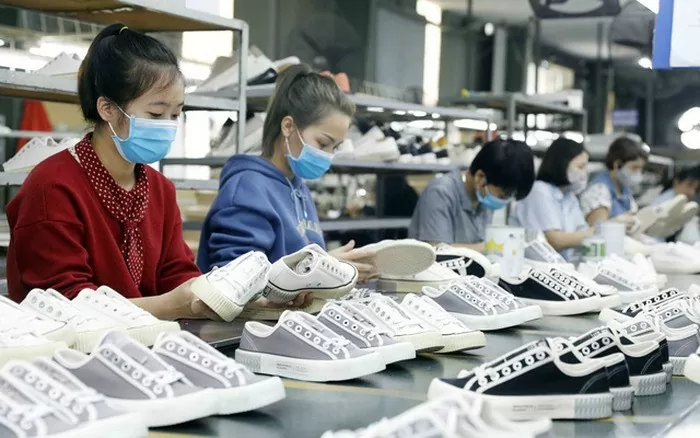 |
| Leather and footwear businesses worry about dealing with CBAM. |
Not only that, the new standard regulations in the local market also make domestic leather and footwear enterprises worried. Regarding CBAM, Ms. Phan Thi Thanh Xuan - Vice President and General Secretary of the Vietnam Leather, Footwear and Handbag Association said that CBAM is a policy under the European Green Deal, a new growth strategy of the EU to control the amount of greenhouse gases emitted from imported goods into countries in the union. CBAM is directly regulated by a carbon tax that will be applied to a group of high-emission items.
From October 1, 2023, CBAM will pilot the transition period and is expected to be fully implemented from 2026.
According to Ms. Xuan, footwear is an industry that is considered to cause large emissions during the production process, so it is also among the subjects affected by CBAM. The EU is currently a major export market for Vietnam, so preparing to change and respond to this regulation is necessary for the industry.
The change is not simply a part of the production process but almost a change in the production system of the entire factory. To do this, the enterprise must first thoroughly understand the information and processes to meet and comply with CBAM. At the same time, it is necessary to prepare large resources in terms of human resources, technology and finance to meet CBAM.
“ After 2030, CBAM is likely to be applied to footwear products exported to the EU, we only have 5-7 years left to prepare. This preparation cannot be done overnight, businesses need to start implementing it right now, ” Ms. Xuan emphasized.
According to the leader of the Vietnam Leather, Footwear and Handbag Association, meeting CBAM in particular and greening production in general is a sustainable development trend of the world in the context of the greenhouse effect increasing global warming. For Vietnam, this is also an opportunity when China is gradually losing its advantage as the "factory of the world".
Agreeing with this view, the representative of the Vietnam Trade Office in Sweden informed that textiles and footwear are two of the products and goods with relatively high export growth to the EU market in recent times thanks to tax incentives from the Free Trade Agreement between Vietnam and the EU.
Therefore, businesses in this industry need to pay attention to changes and demands of the market. For example, textile and footwear products exported to Northern Europe need to pay attention to the regulations on the "Nordic Swan Ecolabel". Here, consumers not only consider price but also environmental protection and corporate social responsibility.
Green production, circular production, netzero standards and compliance with strict requirements of import markets are mandatory requirements for Vietnamese enterprises in general and footwear enterprises in particular. In order for goods to enter markets such as the EU, enterprises will have to urgently complete the domestic production value chain, effectively participate in the global value chain, thereby moving towards sustainable development.
Source: https://congthuong.vn/doanh-nghiep-da-giay-lo-ung-pho-voi-co-che-dieu-chinh-bien-gioi-carbon-cbam-332679.html




![[Photo] Prime Minister Pham Minh Chinh chairs conference to promote public investment growth momentum](https://vphoto.vietnam.vn/thumb/1200x675/vietnam/resource/IMAGE/2025/5/20/7d1fac1aef9d4002a09ee8fa7e0fc5c5)









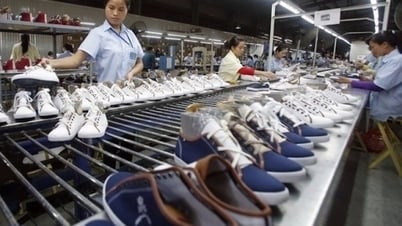














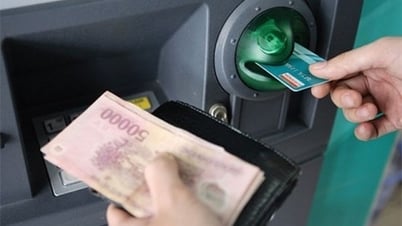

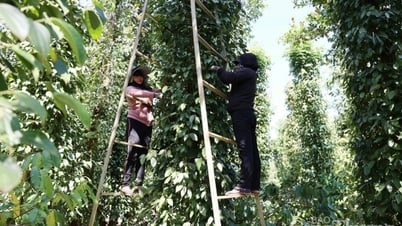
















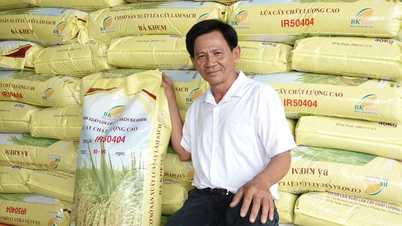









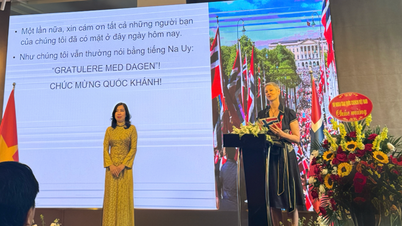













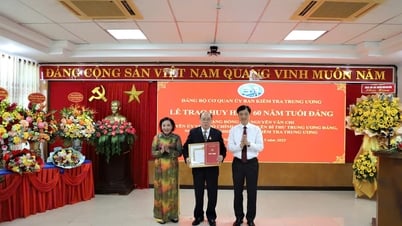



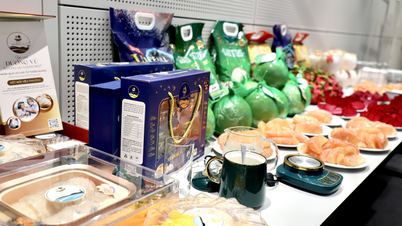




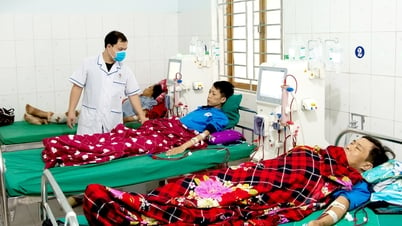


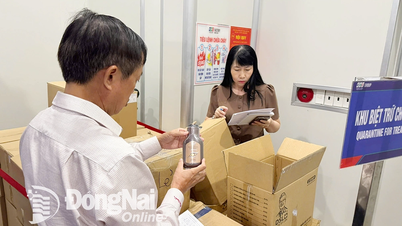









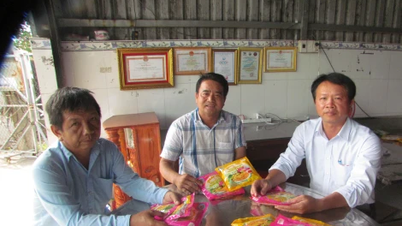





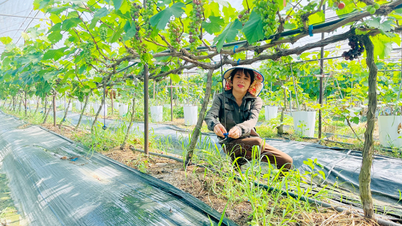

Comment (0)